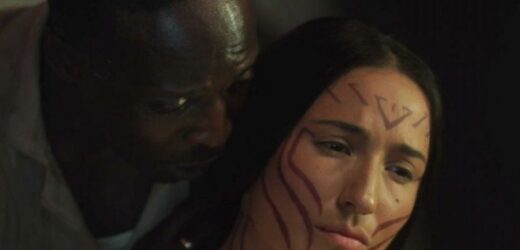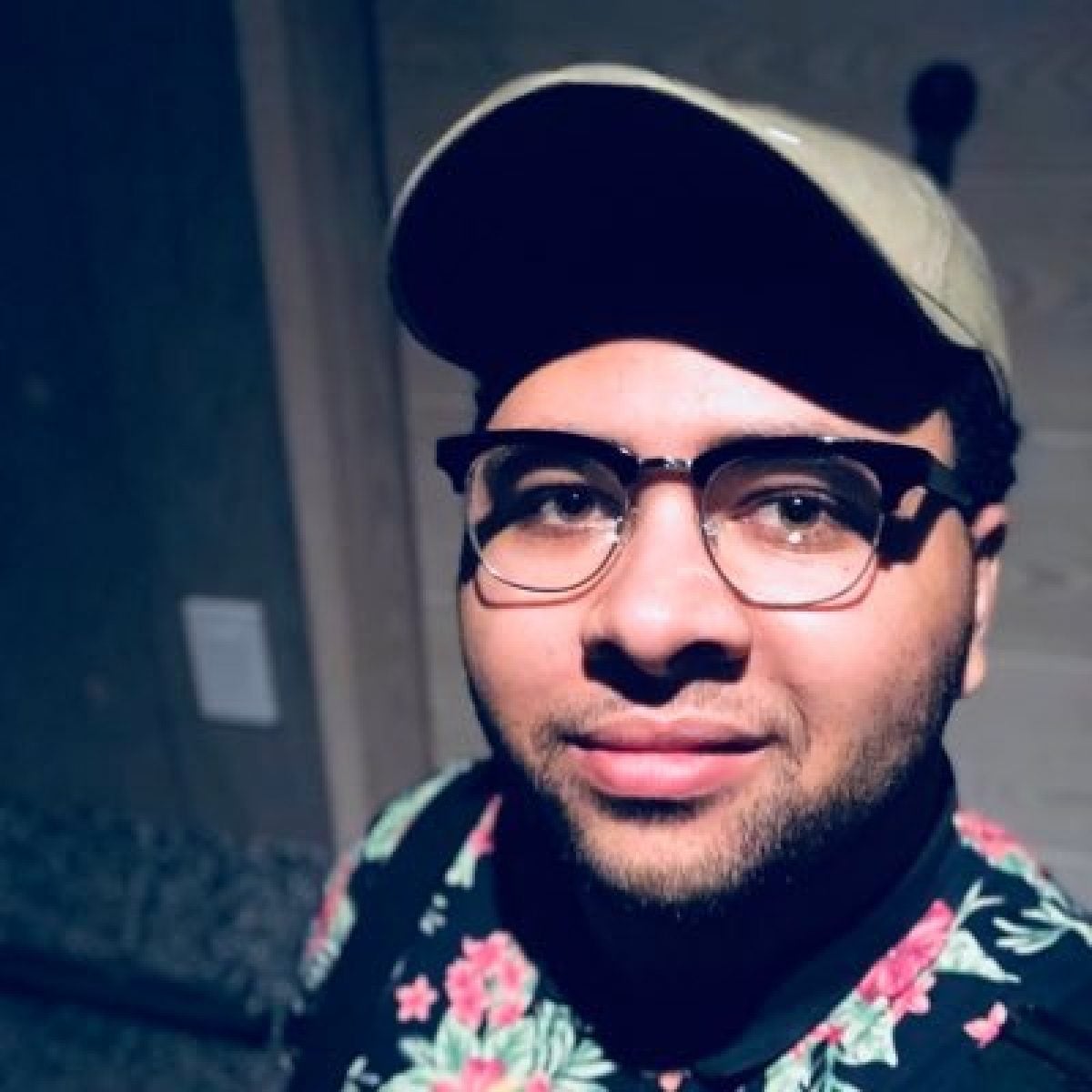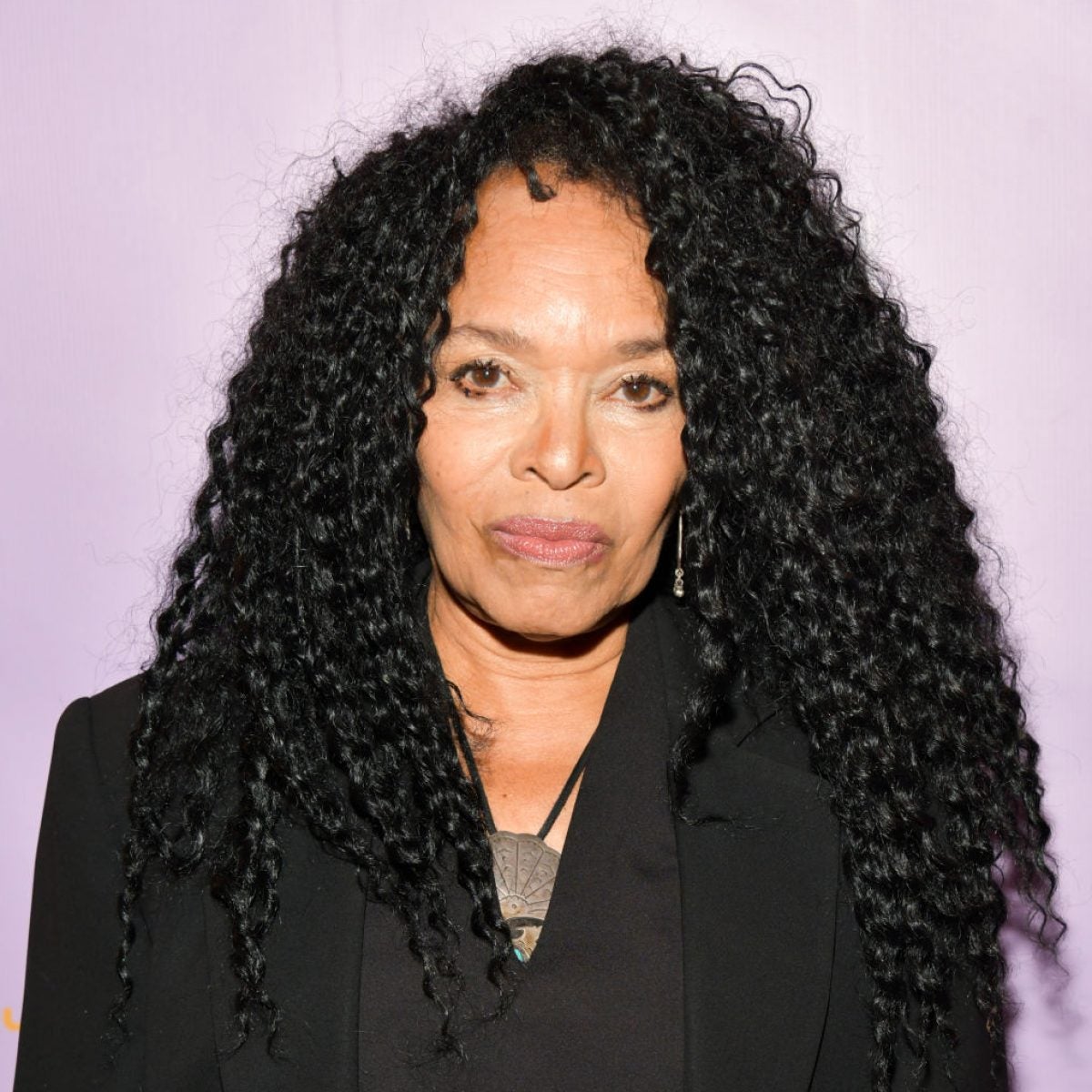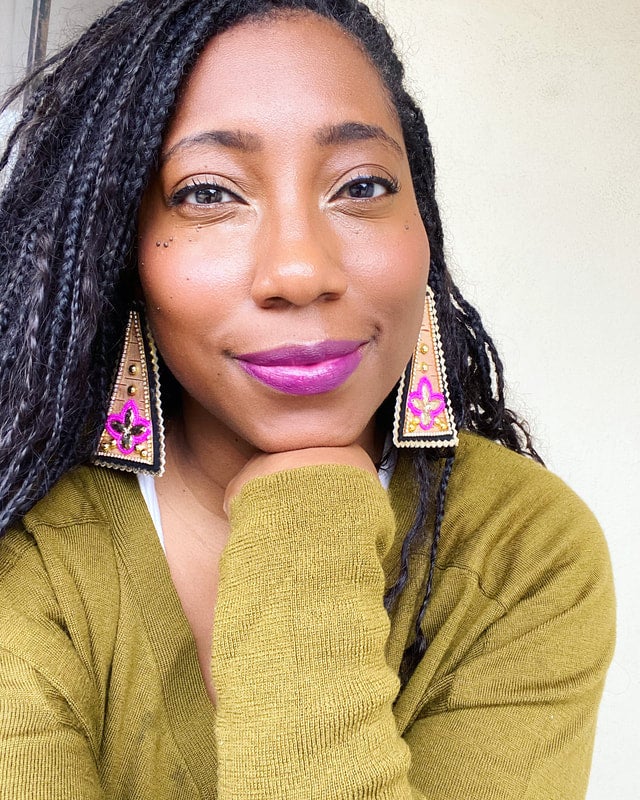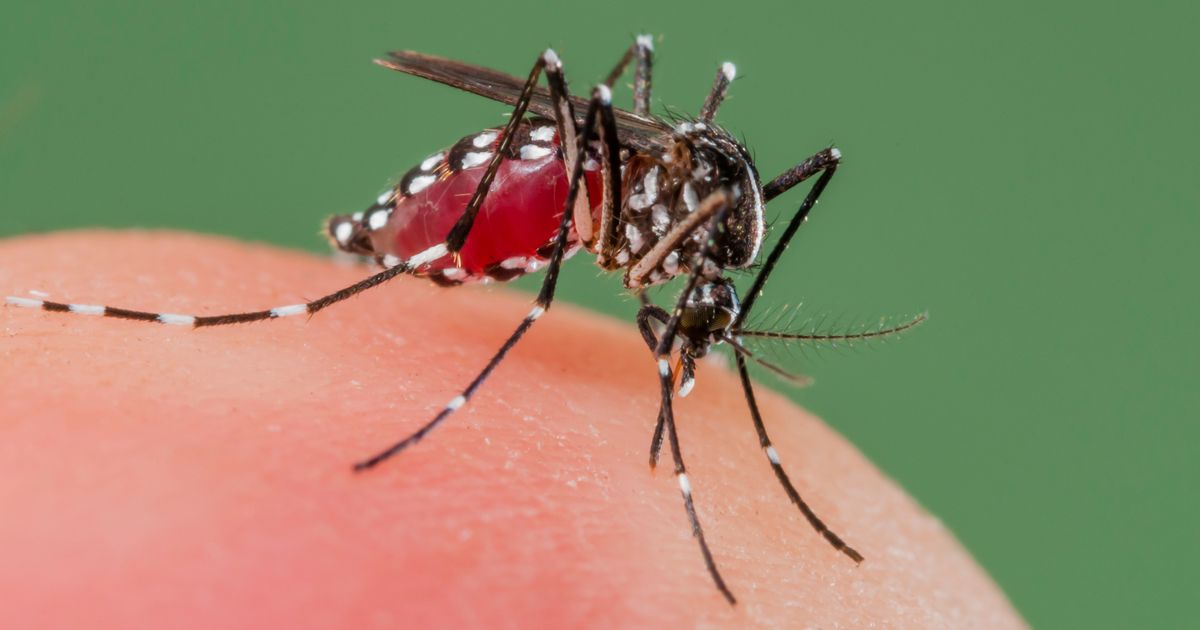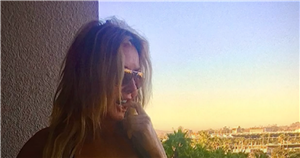Who gets to tell the story is critical to making diversity and inclusion the norm in Hollywood. In recognition of that, the Writers Guild of America West (WGAW) presented an enlightening panel titled “The Story of US: Decolonizing Black and Native/Indigenous Narratives,” co-hosted by the Committee of Black Writers (CBW) and the Native American and Indigenous Writers Committee (NAIWC). Lynne D’Angelo, a Native Haudenosaunee writer who has written for several shows, including Miracle Workers on TBS, and Zackery Alexzander Stephens, a Black non-Binary comedian adopted by a Mormon farm family in Washington state who is developing an animated sci-fi comedy for Amazon, moderated the virtual panel April 29.
“This panel was started by Sharon B. Johnson at the Committee of Black Writers,” explained Stephens. “She created this panel in response to the letter of solidarity the committee of Native and Indigenous Writers sent the committee of our writers last summer in support of our letter to Hollywood calling for systemic change in our industry. We’re using this panel as an opportunity to bring awareness, start a conversation, and, most importantly, to encourage continued mindful education beyond this Zoom.”
According to the WGAW Inclusion Report 2020, the numbers are indeed improving, especially in television where women (mostly white) and people of color of all genders “held 5% more jobs than in the previous year” and “women gained 4% and people of color 2%” in motion pictures. The panelists reflected this. Sierra Teller Ornelas, a Navajo/Mexican American writer from Tucson who has written for Brooklyn Nine Nine and Superstore, is the co-creator/showrunner of the Peacock series Rutherford Falls; Azie Dungey, a Black Native woman of Pamunkey descent (the same as Pocahontas) best known for her Ask A Slave YouTube series and a former writer for The Unbreakable Kimmy Schmidt, most recently co-executive produced Lena Waithe’s Twenties for BET/Showtime, Harlem from Tracy Oliver and Amy Poehler for Amazon, and the Tina Fey Peacock comedy Girls5Eva starring Renée Elise Goldsberry; Tina Andrews, who is most well-known for the groundbreaking CBS miniseries Sally Hemings: An American Scandal, is bringing her successful work, which includes her novel Charlotte Sophia: Myth, Madness and the Moor and play Buckingham, on the life of the British queen to screen for HBO Max International.
Other panelists included writer/director/producer Lucas Brown Eyes, an Oglala Lakota Native writer who has written over 100 episodes of TV for various networks, including Netflix, Freeform and HBO Max, and Lolis Eric Elie, a one-time New Orleans journalist who got his start on HBO’s Treme and has since written for The Chi, Bosch and Greenleaf.
Those increasing numbers provide comfort, shared Ornelas who was pleased to have four other Native writers on Rutherford Falls with her. “I know I saved so much time not having to explain Indians to people because we just started rolling the second we were in the room. We had these conversations, and my perspective was just another Native person’s perspective.”
A Native executive has been rarer to find, according to Brown Eyes who shared his experience of recently meeting one for the first time in his career. Meanwhile Andrews provided a particularly explosive barometer by which to chart the industry’s progress in diversifying its C-suite. While filming Sally Hemings, which aired in 2000, Andrews recalled being ignored by the white male director and the miniseries’ executives as she communicated her vision during filming. It got so bad that Andrews considered exposing it all to The New York Times. The threat of that drastic action shook the executives and resulted in Andrews being able to get the miniseries that aired.
This time around, however, Andrews’s initial work on her 21-year labor of love (made even hotter thanks to the Netflix global phenom Bridgerton’sportrayal of Queen Charlotte as a Black woman) has been embraced and she attributed that to the all-female executive team, two of whom are biracial.
“So I’m doing a story about a biracial woman and my executive is biracial,” she beamed. “There’s none of this, as I got with Jefferson, ‘oh, tell it more from the Jefferson perspective,’ as opposed to the Sally Hemings perspective. No, she’s front and center. And the fact she’s married to the mad white king is inconsequential.”
As shows undergo development, who oversees the day-to-day process is also important the panel revealed. “When you’re trying to tell an impactful story, stopping to explain something is hard because you slow down your pace, you slow down your momentum,” Brown Eyes explained. “That’s like a cultural roadblock.”
Systemic racism, along with the white lens and filter, is also a problem, Dungey chimed in. “A lot of times they’ll pair you with a white person who is above you, but that’s mostly because of all these systemic issues that have kept us from being in the industry and from moving up. But then you have the problem of then everything going through the filter a lot of times of the white person who’s in the position where, if they don’t get it, then suddenly it’s not going to be on your show. So, then it becomes really some sort of in-between your vision and what white people are able to connect to or what’s within their reference. And especially when it comes to comedy, that can end up being bad.”
Dialogue isn’t always easy to have either, noted Stephens. “Sometimes when I’ve corrected people in a room, they are so responsive, ‘well, I have a friend.’ And then usually when I dig deeper into this topic, you realize, ‘oh, no, you know one person of this descent who you know very little about; you don’t have a friend and you don’t know their family, and you don’t know their life.’”
To close out the panel, D’Angelo asked “what meaningful steps and changes do you specifically want to see from our communities or other communities to really encourage this idea of decolonizing these power structures that exist?”
In response, Elie offered that “we can bring to it a broader understanding of what America means and, in that way, tell the story of this country in a way that is inclusive and in a way that only we can do it, provided we’re willing to humble ourselves sufficiently to learn about each other rather than assume that we only are there [in the writers room] to defend our particular turf.”
Dungey, who once worked at Mount Vernon and the Smithsonian Museum of American History, illustrated that very point using Lovecraft Country’s attempt at Native representation. “It felt like they went very far to try to bring in representation of Native people when, because of the erasure that we’ve experienced in media and the way we tell history, we don’t see each other in each other’s stories,” she explained.
“I learned recently, after watching Lovecraft, that the money that created Tulsa was from Freedmen who had been enslaved by Native tribes or taken in by Native tribes, depending on which tribe it was. And when the Civil War was over, they were the only Black people to get reparations,” she continued.
“We’re involved in each other’s experiences, in each other’s lives . . . . And I think the more we see that and the more we learn that and actually educate ourselves, the better our stories will be, and the better we’ll be able to incorporate each other.”
Source: Read Full Article
